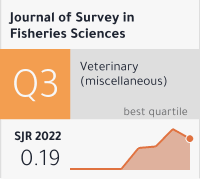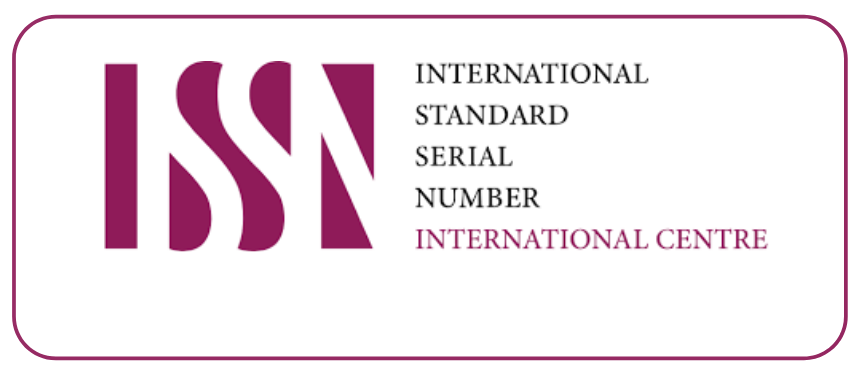Rotifer Biodiversity of North-East India: A Review
Keywords:
North-East India (NEI), Rotifera, metazoans, richness, dominance, evenness, biodiversity, taxocoenosis, biogeographicalAbstract
A study of the rotifer communities in North East India, a "hot-spot" for biodiversity worldwide, reveals 188 species, accounting for 53.2% of the Indian Rotifera, and reflects the highest species, generic, and family richness ever discovered in any area of this nation. The Indian Rotifera now includes nine additional species. One Australasian species, three Oriental species, and seven Palaeotropical species are among the biogeographically noteworthy components. Cosmotropical > Pantropical species are substantially represented, but cosmopolitan species (69.2%) exhibit higher richness. The Lecanidae, Lepadellidae, Trichocercidae, and Brachionidae are particularly abundant in the rotifer fauna, which also exhibits a general "tropical character," the presence of various acidophilic species, and a dearth of Brachionus species. The Rotifera have a higher species diversity, lesser dominance, and higher evenness, making up a significant quantitative portion of zooplankton (45.8 8.1%). Richness and density are positively connected with dissolved oxygen and negatively correlated with water, temperature, rainfall, hardness, nitrate, chloride, and total dissolved solids. Furthermore, pH and richness are inversely associated.









